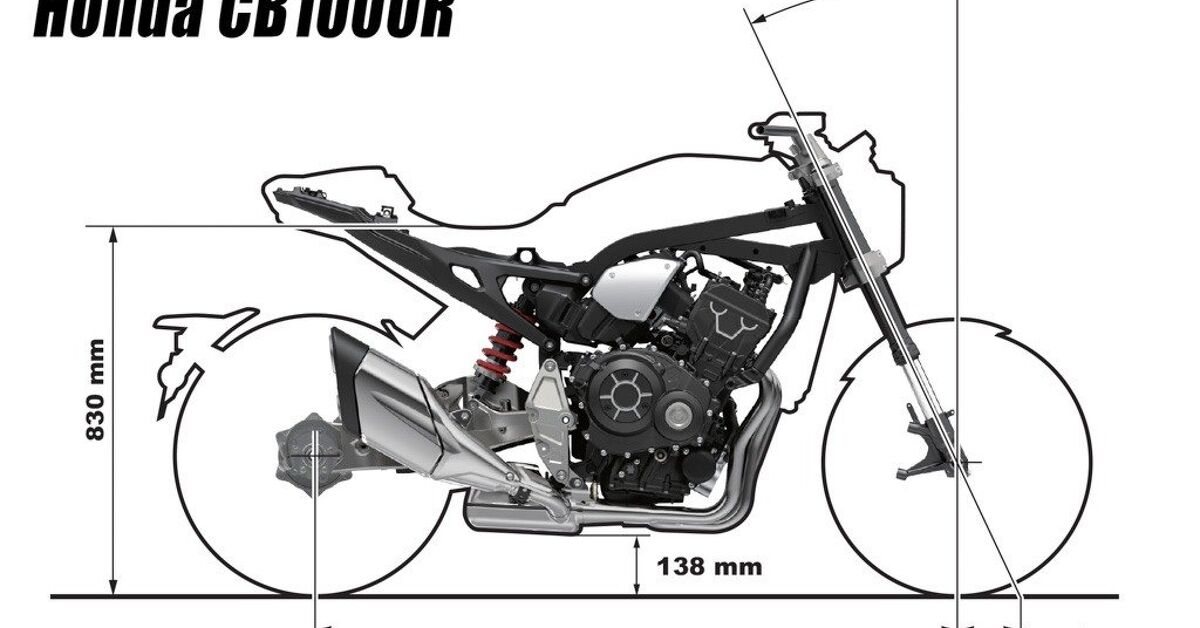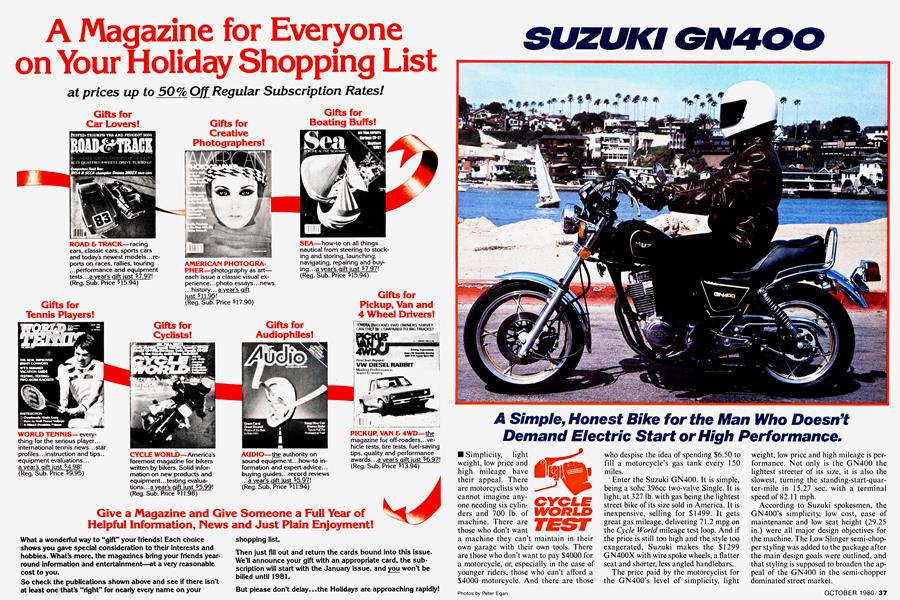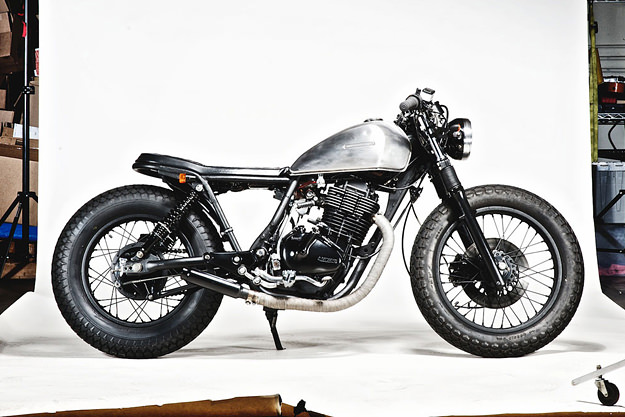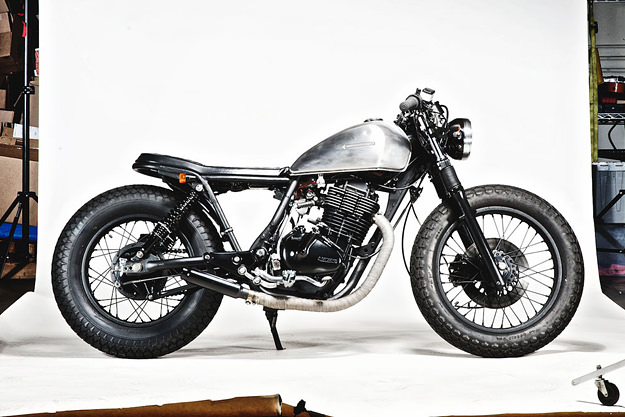Untame
Been Around the Block
Picked it up for $50. Want it to be something I build with my youngest daughter (15) according to her specifications. So far she has decided she wants it in British Racing Green with light brown / tan accents (frame?) to match the quilted seat cover (duck tail seat). Maybe light brown striping also on the tank. She also wants a half fairing same color with stripes that tie into the tank stripes.
I am going to work on lowering the forks to get the bottom of the tank level with the ground (maybe raise the rear). Might go black on the rims with bare steel spokes to give the tires a larger visual presence. Want the metal bits to be bead blasted or brushed finish - no chrome or high polish. Thinking matching green paint for the headlight bucket. For exhaust, leaning towards a supertrapp design.
ALL of this subject to change as the project moves forward! No rush... she has 2.5 years of high-school left, and will have to be financed with "side money" because the household budget is tight.
Most of all I want to spend time with my daughter. And I want her to learn about wrenching. I think we will both grow through this.


I am going to work on lowering the forks to get the bottom of the tank level with the ground (maybe raise the rear). Might go black on the rims with bare steel spokes to give the tires a larger visual presence. Want the metal bits to be bead blasted or brushed finish - no chrome or high polish. Thinking matching green paint for the headlight bucket. For exhaust, leaning towards a supertrapp design.
ALL of this subject to change as the project moves forward! No rush... she has 2.5 years of high-school left, and will have to be financed with "side money" because the household budget is tight.
Most of all I want to spend time with my daughter. And I want her to learn about wrenching. I think we will both grow through this.







